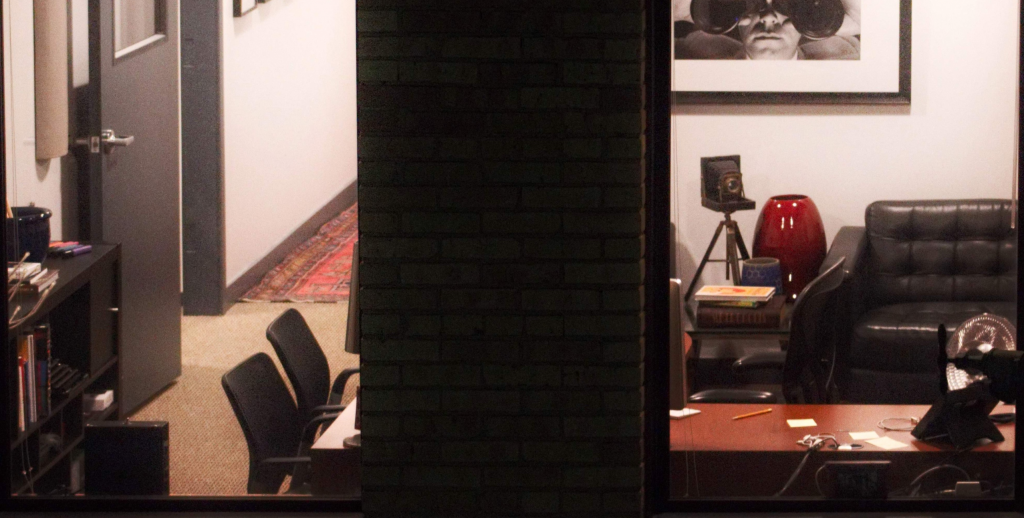Your team can’t meet in person anymore. Ok, now what?

But now, nobody goes to the office anymore. Your whole team started to work from home overnight.
And what happens now?
Working from home is not only possible, but it’s much better!
First, you need to know that this is actually not anything new. A lot of companies have been working remotely for years. Some of them started in the office and transitioned to a fully remote team within 10 years while others have never even had an office to go to.
And not only do they enjoy working remotely, they are often much more productive than traditional office teams.
And let’s be honest. Not much changes.
A lot of people been working remotely even when they had an office. Like me on my first coding job. We had an office, but whenever I wanted to get real work done, I stayed at home.
We’ve been reading emails from our phones and opened our laptop in the evening to finish something from the todo list we needed for tomorrow.
This means we probably already have almost everything we need to work from home as we’ve been occasionally doing this anyways.
Here are a couple of things I’ve learned and consider to be useful to have in place when you start working from home.
Set up an online place for your team to meet
Well, obviously you’ve already been talking with your team by email. And you will continue doing that.
Email is fine.
But I think it’s useful to set up a place online where your team can exchange short messages. This will bring your team together to a one place and gives a virtual office vibe somehow.
A peak into GitLab’s Slack. Here you can see a channel #office-today where people post their office photos. I guess recently it’s full of home office photos.
Slack is good for this. And it’s very popular, so it’s a safe choice. But there are other tools. Like Microsoft Teams if you’re on Windows.
Do video calls. With video switched on!
No need to do this every day. But it’s fun to talk to your team while seeing their faces. Especially when you’re used to working in the office and seeing their faces.
Encourage people to switch on their video! I think this is important. It makes a huge difference. Face and body movements are an important part of communication.
And this forces people to put on a shirt, at minimum. You’d be surprised how many people don’t have their pants on while doing video calls. I rarely wear pants.
Team Xapo on a video call.
Learn from companies who have been doing this for years
While working from home can be a new experience for many, there are a lot of companies that have never had an office to go to. They have always been working remotely. And they have learned a lot.
They know how to build effective remote workflows.
They know the benefits.
And they know the struggles.
These companies have been actually quietly leading the remote work revolution. They’ve been constantly telling us that this is the future.
I’ve interviewed more than 30 remote companies who gave me 230 answers for 26 questions in 4 categories about how they work as a distributed team. They talk about how they hire and onboard their remote team members, what are the benefits and struggles and how to best overcome them.
I’ve learned that leading remote companies are very friendly and open about sharing their experiences. It shows for me that they really believe in this way of working and are happy to see more companies working in a similar way.
Remote. How?
Some time ago, I stumbled on this platform called Remote-how. I think it’s very useful what they are doing. They have been shooting videos with people from the leading remote companies to share their experience in a logically designed program.
It’s like an online course that you do on your own schedule. Watch videos that will take you through the important parts of managing a remote team.
And then you have these bi-weekly live sessions where you meet your whole class to discuss and ask questions.
Their instructors are from the leading remote companies, like Doist, Invision and Buffer. I can assure you these companies know remote work. They basically founded remote work.
I liked Remote-how so much that I even reached out to them around half a year ago and asked if I can promote their program to remote companies on RemoteHub. For free! Because I like them so much and I think they are working on a valuable thing for the remote community.
We then had a video call with Magda, who is their Head of Marketing, and I integrated Remote-how to my site on the same day.
It works like this: companies can show that they are providing education with Remote-how Academy by switching this on from their profile. They will be then highlighted throughout my website with a “Provides Remote-how education” badge.
It shows people that the company is working to build a healthy remote culture. People often want to work rather in a company that is remote-friendly than not.
Relax. This is going to be your future.
You will fall in love with working remotely. A lot of companies have already. And this is not just about the location where your team works from.
It’s a new way of life. More flexible, more productive. More happy.
It’s a completely new era for your company.
I’m not just saying this. There is a lot of research done on working remotely. Like Buffer does every year. And every time I see a new report coming out, I’m like “well okay, we already know that people love working remotely, so like what’s the point of these reports actually”.
Your team will be happy too. And a happy team is a productive team.

